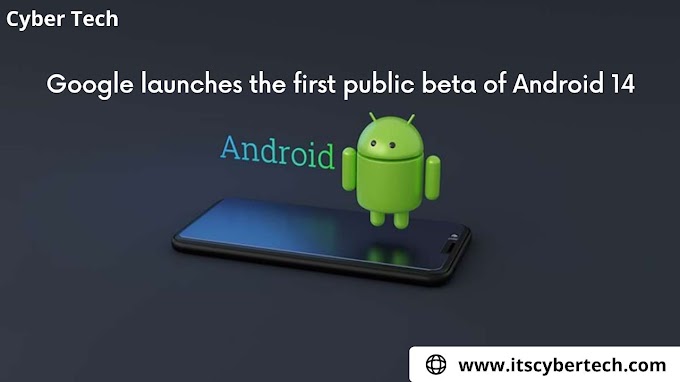The world is still in the process of implementing 5G technology, but
there’s already buzz circulating about sixth-generation wireless (6G)
technology. Just as each prior generation represented a significant leap
forward from its predecessor, the transition from 5G to 6G will also bring
an array of transformations that will revolutionize various aspects of
society. This comprehensive study aims to delve into the potential
implications that this emergent technology might have on our daily lives and
societal operations - particularly focusing on communication and healthcare
sectors.
Understanding the Power of Connectivity – From 1G to 6G
To comprehend how impactful future generations can be, it’s helpful first
to understand how previous generations have evolved. First Generation (1G)
wireless technology allowed mobile voice calls, while Second Generation (2nd G) introduced digital voice and basic text messaging services. With the
Third Generation (3rd G), users could access internet services with moderate
speeds while the Fourth Generation (4th G) brought about a significant
increase in data speed enabling high-definition video streaming. Currently
being adopted worldwide, Fifth-Generation (5th G) promises lightning-fast
data speeds with minimal latency facilitating real-time applications like
autonomous cars and advanced IoT devices.
Now on the horizon is Sixth-Generation (6th G), which experts speculate
would hit commercial networks around 2030. As we approach this revolutionary
era, it's crucial to explore what societal changes may unfold due to these
advancements.
Impacts On Communication
Advanced Connectivity: The fundamental pillar that differentiates each
generation is connectivity speed. Experts predict that with peak data rates
reaching up to100 Tbps - which are ten times faster than current
leading-edge technologies - communications will become more efficient than
ever before.
Global Coverage: Unlike its predecessors confined by geographic limitations
for network coverage, 6G is expected to provide global internet coverage,
making communication accessible even in remote and underserved areas. This
ubiquitous connectivity will democratize information access worldwide.
Intelligent Networks: With the integration of artificial intelligence (AI)
in network management, 6G networks are anticipated to be fully autonomous -
capable of self-optimization, self-healing and self-configuration. This will
ensure seamless connectivity without any human intervention.
Impacts On Healthcare
Remote Healthcare: The superfast speeds and low latency of 6G will allow
healthcare providers to offer real-time remote medical services effectively.
Patients in remote locations could receive high-quality care without needing
to travel long distances. Telemedicine consultations, virtual reality-based
therapies and remote surgeries could become commonplace.
Health Monitoring: Advanced IoT devices empowered by the high-speed data
transfer capabilities of 6G can monitor patients' health parameters
continuously and send instant alerts if anomalies are detected. This will
enable proactive interventions preventing severe health crises.
Research & Development: The vast amounts of data generated through
various sources can be processed efficiently due to the massive capacity of
6G networks enabling advanced research enabling breakthroughs in
personalized medicine, genomics or drug discovery.
Potential Challenges
While we anticipate transformative changes with these technologies'
advents, it's also crucial not just focus on their potential benefits but
also address potential challenges that come along with them:
Data Security & Privacy: As our dependence on digital platforms increases manifold with these advancements, the risk associated with data security breaches also increases, making it necessary for developers to prioritize strong cyber security measures from the very beginning.
Digital Divide: While universal coverage aims to bridge the digital divide, the cost of infrastructure can still limit access, creating a new kind of inequality between those who have access versus those who do not.
Ethical concerns: The rise of AI ( Artificial Intelligence) to center stage raises ethical concerns about decision-making capabilities, especially when human life is involved, for example, health care decisions.
Environmental Impact: There will be a significant environmental impact due to the energy requirements for these high-speed networks which need to be assessed and mitigated through innovative solutions
Conclusion
As we stand on the threshold of this new era of hyper-connectivity, it is important that we walk this path responsibly. While 6G has immense potential to transform various societal aspects, it also comes with its own unique challenges. Only by focusing on inclusive strategies, prioritizing security and ethical considerations, and being conscious of its environmental impact – can we harness the full power of 6G for social good while minimizing any associated risks. As such, a thoughtful approach towards technology adoption is essential – which is not only about advancement but also about ensuring sustainability and inclusivity in our digital future.
.png)



